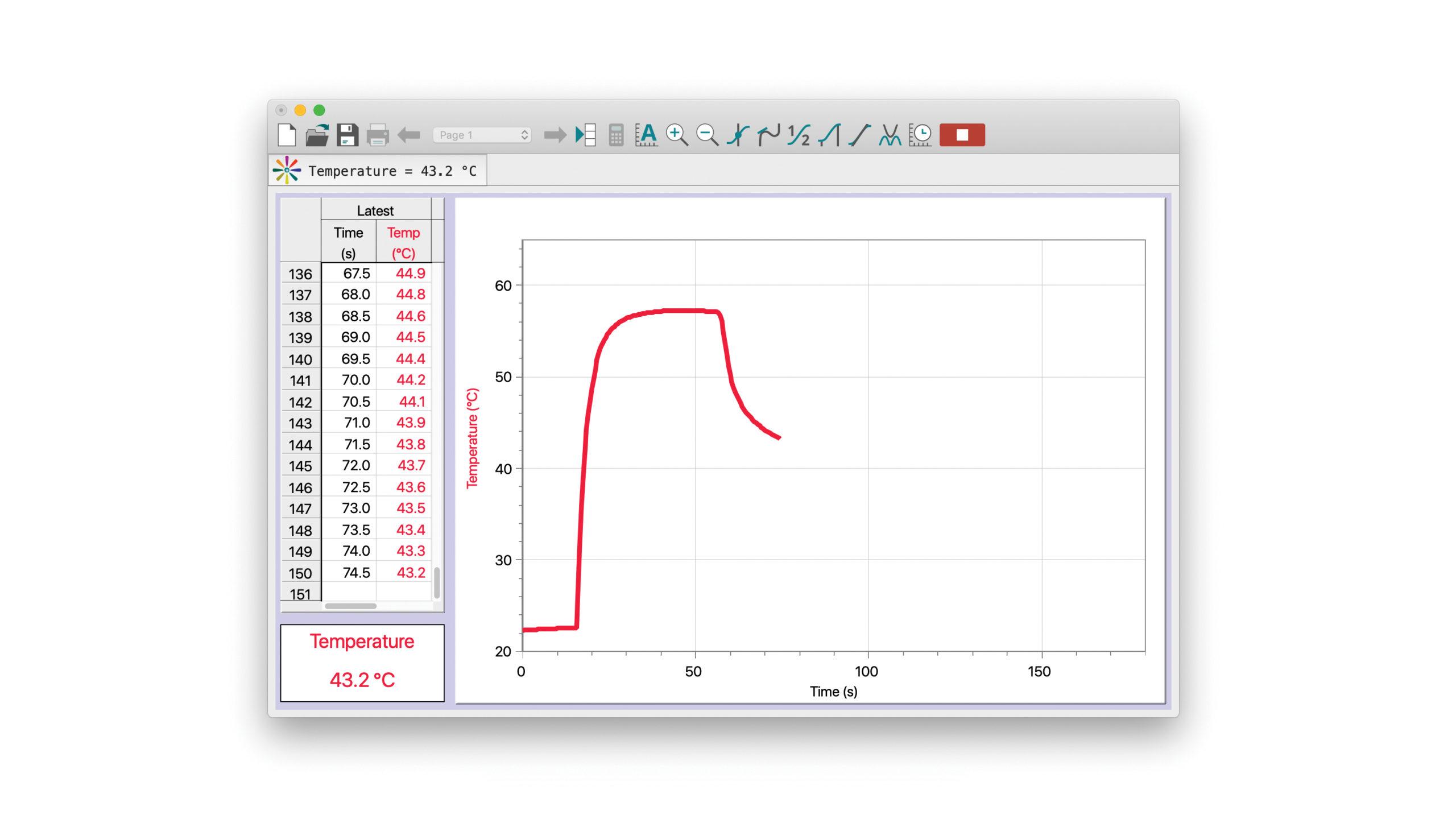Introduction
In April 1972, three Apollo 16 Mission Astronauts, John Young, Thomas Mattingly and Charles Duke, spent 71 hours on the Moon conducting scientific experiments. Among the video clips transmitted back to the Earth during the mission is a clip showing one of the astronauts jumping on the moon.
Your mission in this activity is to verify the theoretical predictions for the acceleration of an object at the moon’s surface. Newton’s Universal Law of Gravitation (Fgrav = Gm1m2/r2), along with measurements of the size and mass of the Earth and of the Moon, predicts that the magnitude of free-fall acceleration near the Earth’s surface is 9.8 m/s2. This equation also leads us to predict that free-fall acceleration on the Moon is about 1/6th of that on Earth. Theory is all well and good, but what really happens when someone jumps on the moon? The video clip you’ll be using was adapted from the Official Apollo 16 Mission website. Completing this mission will require you to obtain height vs. time data from the video clip and then use analytic mathematical modeling techniques.
Objectives
In this activity, you will
- Choose an analytic function that you think ought to describe the data.
- Choose coefficients that lead to an equation that models your data.
- Explore what the coefficients of the analytic function tell you about the details of the astronaut’s jump.
Sensors and Equipment
This experiment features the following sensors and equipment. Additional equipment may be required.
Ready to Experiment?
Ask an Expert
Get answers to your questions about how to teach this experiment with our support team.
- Call toll-free: 888-837-6437
- Chat with Us
- Email support@vernier.com
Purchase the Lab Book
This experiment is #8 of Physics with Video Analysis. The experiment in the book includes student instructions as well as instructor information for set up, helpful hints, and sample graphs and data.


